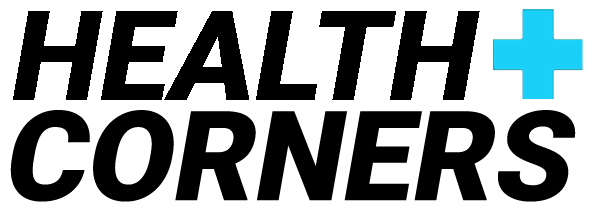[ad_1]
There is an increasing trend towards cash-based medical practices. Some are the high end “Anti-Aging” or “Age Management” practices that consider aging as a treatable condition that can be delayed substantially through the application of hormone replacement, nutritional supplementation and other non-conventional medical modalities. Other cash practices are typical family practices that have become frustrated with the insurance model and have embarked upon the new paradigm of cash-based medicine. All of them share the basic tenet that they do not maintain contracts with insurance companies and instead requires patients to pay cash for medical services rendered.
To be successful and profitable in the insurance model, practices have to have very high daily patient volumes (35 – 40 for a single practitioner family practice) in order to generate the revenue necessary to earn just a “professional” level of income. Along with the high volume comes a lot of overhead including a large office and multiple supporting staff just for starters. Due to the volume combined with a number of logistical factors (patients coming late, office inefficiency, etc.), patients typically have to wait 30 – 60 minutes or more from their scheduled appointment time, all of this just to spend an average of 6 minutes with the physician. The inefficiency of this model is at least partly responsible for the relatively low overall effectiveness of health care in the US when compared with other industrialized nations.
The “New” Physician Enterprise
The “new” physician enterprise is all about prevention, new revenue streams, operating in a “cash” model, maintaining a high-quality physician/patient relationship yet operating with corporate-like efficiency. Technology is the enabler of the new Physician Enterprise and the right technology needs to be fast to implement, easy to use, accessible 24×7 for patients and staff and be very cost-effective.
In the new paradigm, physicians see as few as 7 – 10 patients per day, have a much smaller staff, significantly lower overhead and have the capability of truly participating in wellness, identifying root causes of diseases rather than just focusing on symptoms and therefore positively impacting outcomes. The patient pays the physician in cash bypassing the insurance model and all of the accompanying reimbursement rules that many believe interferes with effective patient care and favorable outcomes.
But without effective technology to enable the practice, the cash practice will still suffer from a higher than necessary staffing and overhead costs just like the insurance model practices, thus impacting the long term viability of this model. The primary enabling technology for cash practices can be broadly categorized as “self service” technology. For example, rather than having a staff person scheduling appointments for patients, the practice could implement a web-based self-service appointment scheduling system. There are several low cost systems on the market today that offer a high level of configurability to accommodate physician schedules, multiple appointment types and pretty much any scheduling complexity that a human can manage. Further, since many of the practices operating in the new paradigm offer nutritional supplements for sale, an internet shopping cart is the natural solution for this rather than having a staff person taking orders. Once again, there are multiple commercially available tools that can meet this need. Broadly then, the needs of cash practices can be summarized by the following list of requirements:
- Patient Management Database (profiles, demographics, inquiries)
- Electronic Medical Records
- Appointment Scheduling
- Marketing and Communications for prospective patients and patients
- Shopping cart
- Accounting/Financial Management
Continuing with the approach outlined above, cash practices could implement multiple commercially available tools to meet this unique need set since the typical Practice Management Systems that are offered today continue to target the practices operating in the insurance model and don't typically include shopping carts, true self-service appointment scheduling, a marketing and communications engine or financial management. But using the approach of implementing multiple disparate systems creates yet another inefficiency as patient demographics have to be entered and maintained in multiple systems and importantly, there is no support for the ideal business process in this scenario.
Enabling Technology for Cash Medical Practices
But now, there is a new option for cash medical practices that face these issues. Using XML, HL7 and today's integration technologies, it is possible to integrate the 3rd party applications in “the cloud”, allowing all systems to share a common database for demographics yet precluding the practice from having to host any hardware or software. In this target environment, practices can use multiple self-service applications, integrate them using a modern integration approach and add workflow to provide additional efficiencies. This approach has a low cost of entry, relatively low total cost of ownership, yet delivers significant benefits to the practice.
Undoubtedly, the big software companies will eventually see this niche and deliver fully integrated applications to serve them but for now cash practices have at least one viable option to leverage technology to empower physicians to practice medicine, patients to receive better care and the practice to be profitable.
Copyright @2009 eMedicalFusion, LLC
[ad_2]
Source by Andre Etherly






